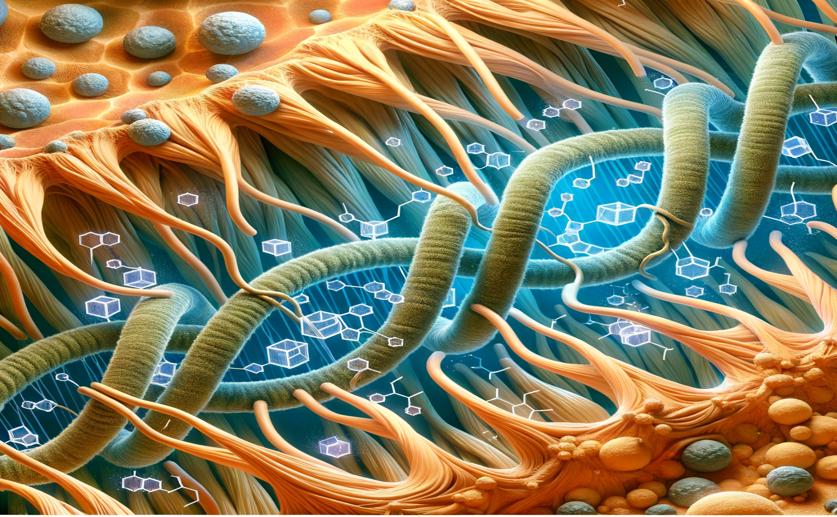
Discovering Enzymes That Add Sugar Molecules to Plant Fiber Chains
Jenn Hoskins
16th August, 2024

Image Source: Natural Science News, 2024
Key Findings
- Researchers at the University of Georgia identified an enzyme, AtXAPT1, in Arabidopsis that adds arabinopyranose to xylan
- The study confirmed AtXAPT1's role by creating a mutant Arabidopsis plant lacking this modification
- Similar enzymes in other plants like poplar and Eucalyptus also modify xylan, showing diverse functions across species
References
Main Study
1) Identification of glycosyltransferases mediating 2-O-arabinopyranosyl and 2-O-galactosyl substitutions of glucuronosyl side chains of xylan.
Published 15th August, 2024
https://doi.org/10.1111/tpj.16983
Related Studies
2) Critical Review of Plant Cell Wall Matrix Polysaccharide Glycosyltransferase Activities Verified by Heterologous Protein Expression.
3) Glycosyl transferases in family 61 mediate arabinofuranosyl transfer onto xylan in grasses.
4) Structural characterization of (1→2)-β-xylose-(1→3)-α-arabinose-containing oligosaccharide products of extracted switchgrass (Panicum virgatum, L.) xylan after exhaustive enzymatic treatment with α-arabinofuranosidase and β-endo-xylanase.



 14th August, 2024 | Jim Crocker
14th August, 2024 | Jim Crocker